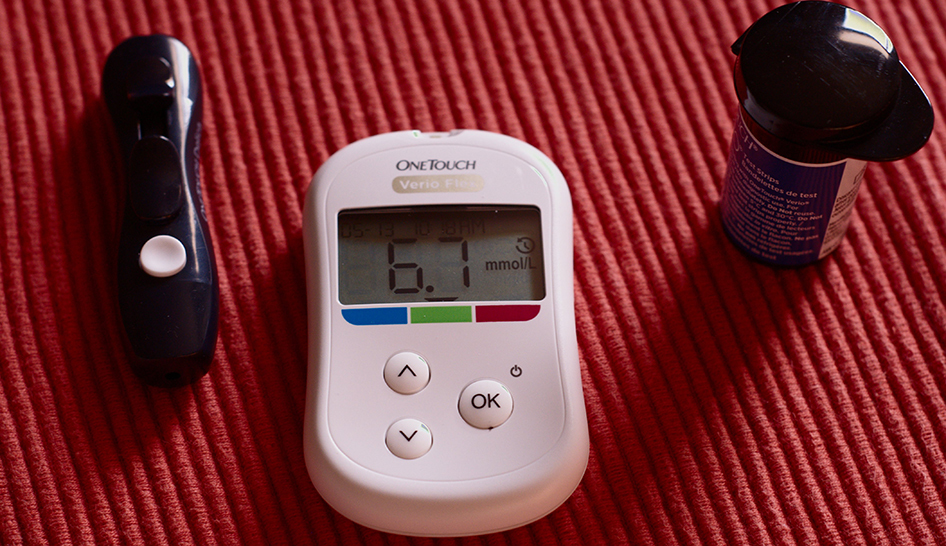Diabetes mellitus Type 2—commonly referred to as Type 2 diabetes—is a significant health problem in the U.S.
This long-term metabolic disorder is characterized by high blood sugar, insulin resistance, and a relative lack of insulin. But, because its symptoms develop slowly, many individuals aren’t even aware that they have the condition.
Right now, according to the U.S. Centers for Disease Control and Prevention (CDC), in Atlanta, more than 100 million Americans have either diabetes or prediabetes, the latter a condition in which blood sugar is elevated, but not to the level of Type 2 diabetes. Just 11.6% of people with this condition know that they have it.
The long-term complications arising from high blood sugar are serious. They may include heart disease; stroke; kidney failure; diabetic retinopathy, which can cause blindness; and poor blood flow to the limbs, which can lead to amputations.
Type 2 diabetes frequently develops in individuals who are obese or sedentary; however, some people are genetically at risk of developing the disease.


